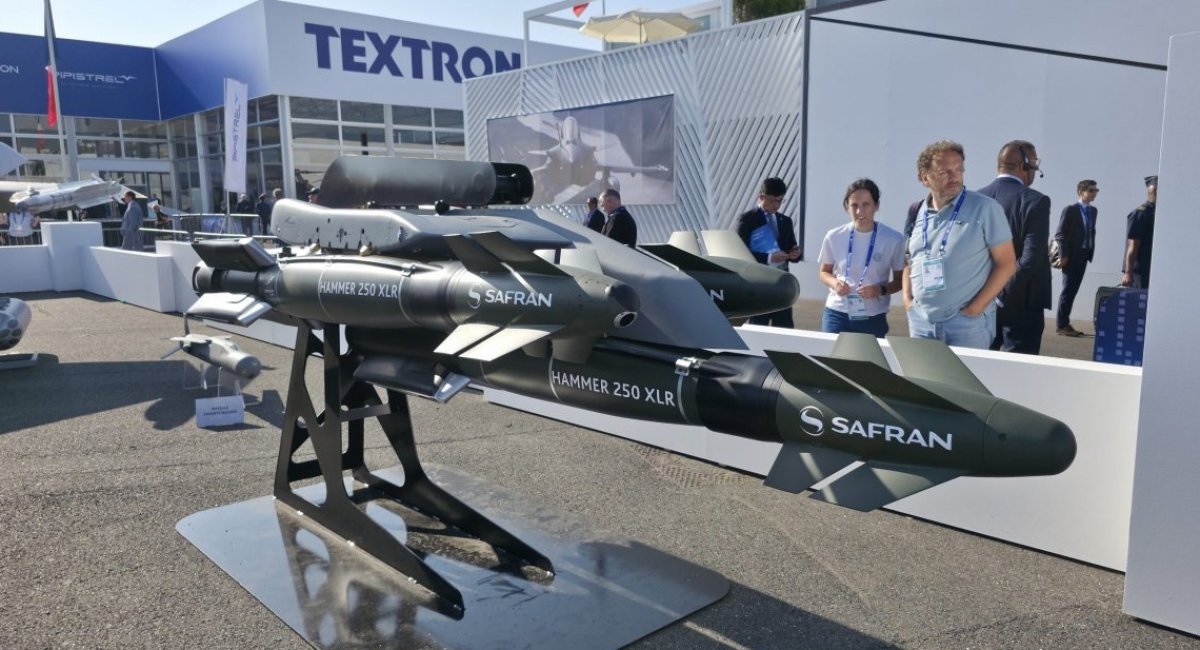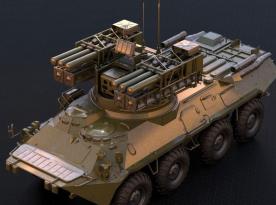At the Paris Air Show in Le Bourget, which is taking place from June 16 to 22, the French company Safran showcased new versions of its long-range AASM Hammer bombs with extended range. These are new kits for bombs in the 250 kg and 1000 kg calibers (500- and 2000-pound), which received the XLR designation.
Photos of them at Safran’s stand, next to the Rafale F5 from Dassault equipped with conformal fuel tanks (CFTs), have already appeared online, unlike any official announcement from Safran about its development.
Read more: Sky Wars: Watch Ukrainian Vampire Drone Outmaneuver Enemy Recon UAV
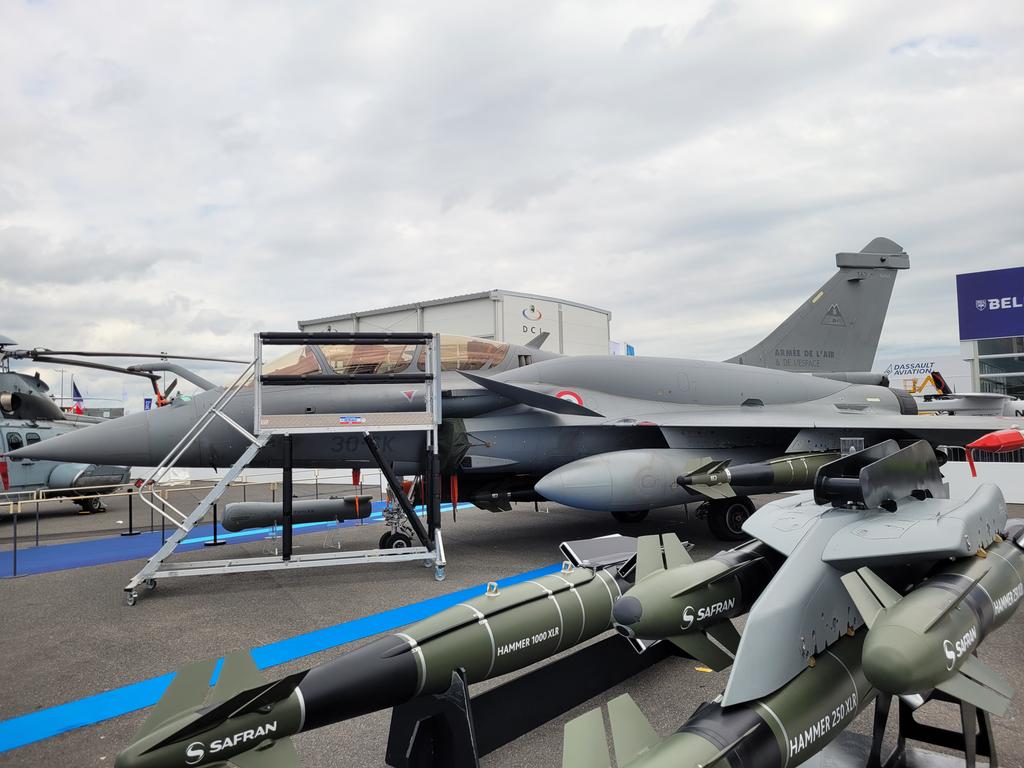
Thus, the exact official specifications of the AASM Hammer XLR have not been disclosed yet. However, as early as 2023, Safran had announced its work on new versions of the kits that were expected to significantly increase the range of the AASM Hammer, which already reaches over 70 km when released from high altitude.
This work focused on upgrading the munition’s engine with the goal of significantly increasing its flight range—reportedly up to 150–200 km, depending on release conditions. But whether this range has been achieved and how exactly remains unknown at this point.
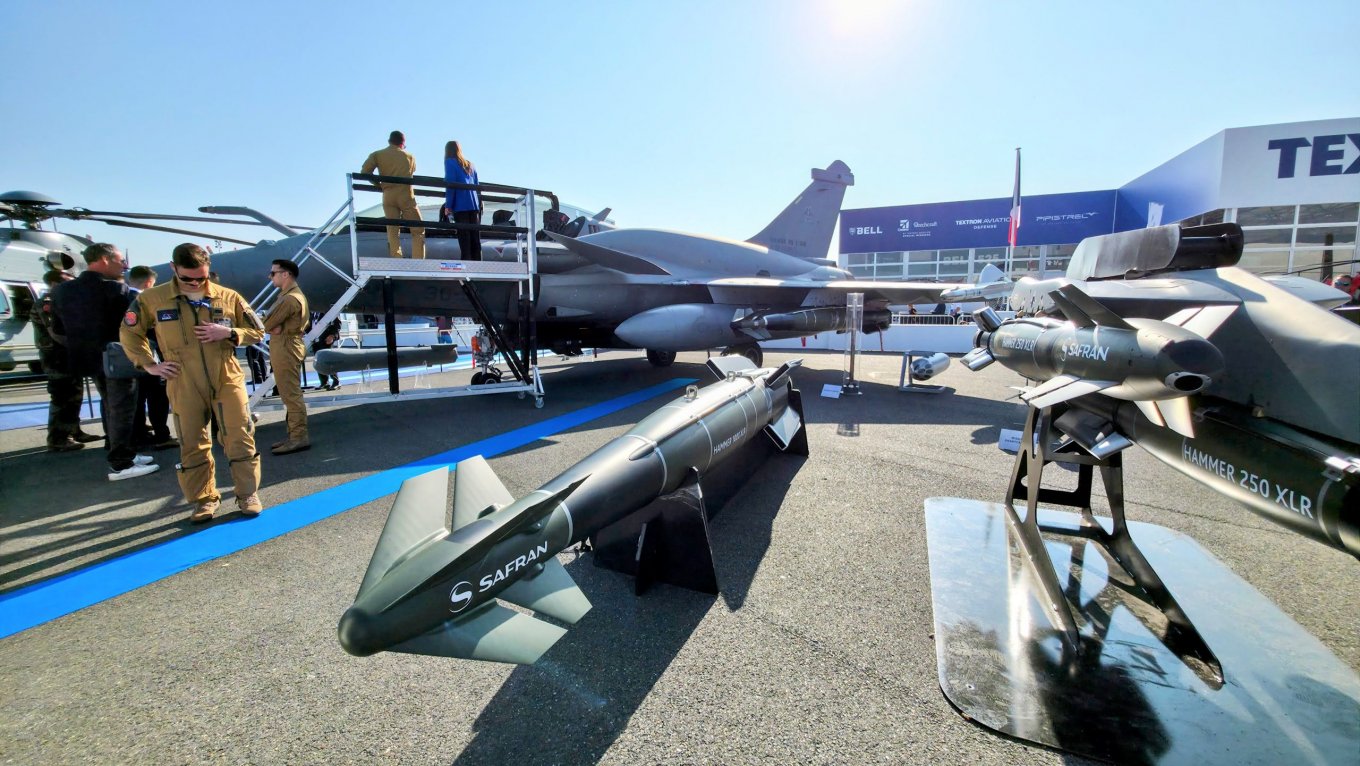
However, one quite interesting detail of the AASM Hammer XLR can be noticed in the photos: the engine module with control surfaces appears to feature what look like air intakes, which in some photos may be covered with caps—presumably designed to be ejected when the fins deploy.
In contrast, the standard AASM Hammer does not have such a feature. In previous versions, the propulsion system was a solid-fuel booster, which typically does not require access to air.

The appearance of these intakes suggests only two possible options. The first is the installation of a miniature turbojet engine in the AASM Hammer XLR. This would be a questionable solution due to the need for fuel and a complete fuel system within the limited dimensions of the kit.
The second possibility is the use of a solid-fuel ramjet engine, similar to that used in the Meteor air-to-air missile. Such an engine draws oxygen from the air, allowing the use of solid fuel with a smaller share of propellant, which means longer engine operation time.
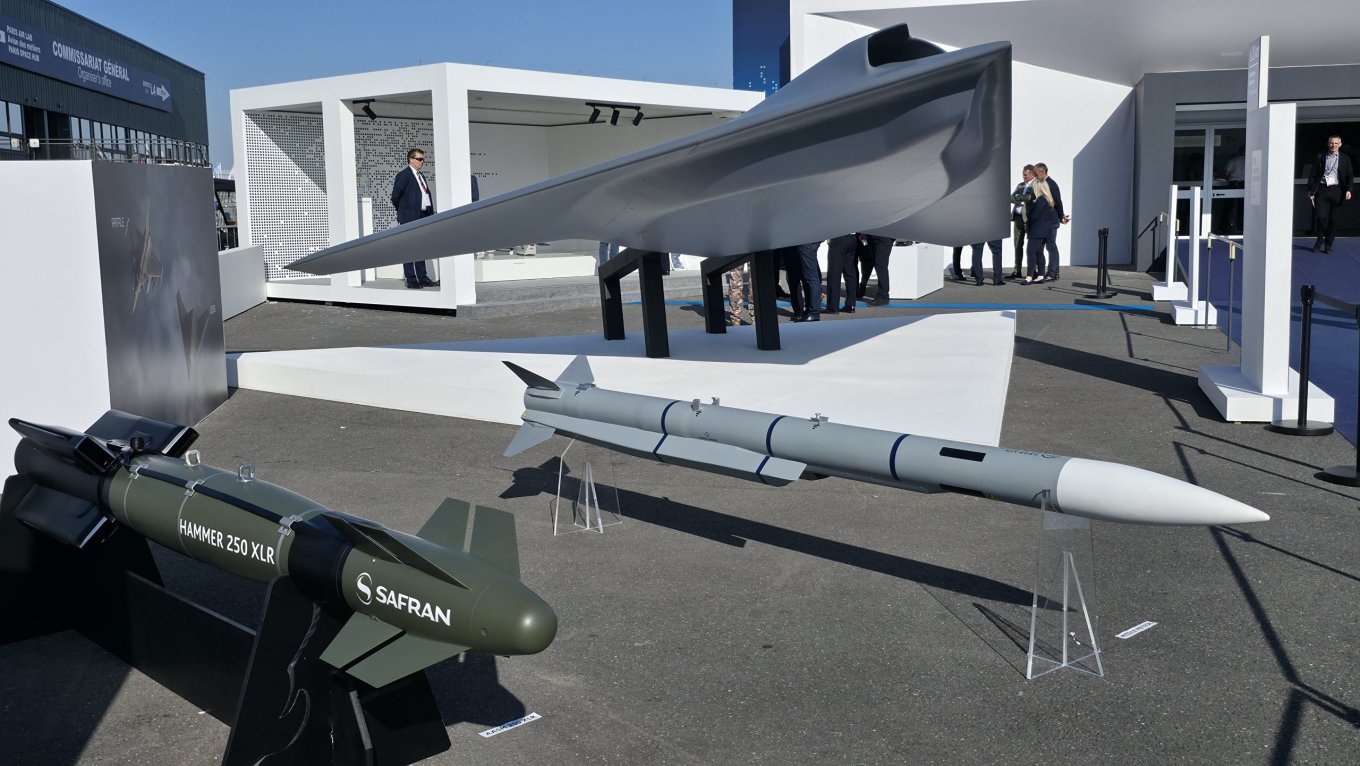
And if Safran has indeed chosen this second and more reasonable option, then it’s a very interesting solution that allows for greater range within the same dimensions. For Ukraine, this is highly significant, as the Ukrainian Air Force is actively using AASM Hammer bombs. Therefore, an increase in their operational range would be a very positive development.
Read more: France Initially Promised CAESAR Howitzers to Ukraine, but Slovenia Has Now Ordered 12




